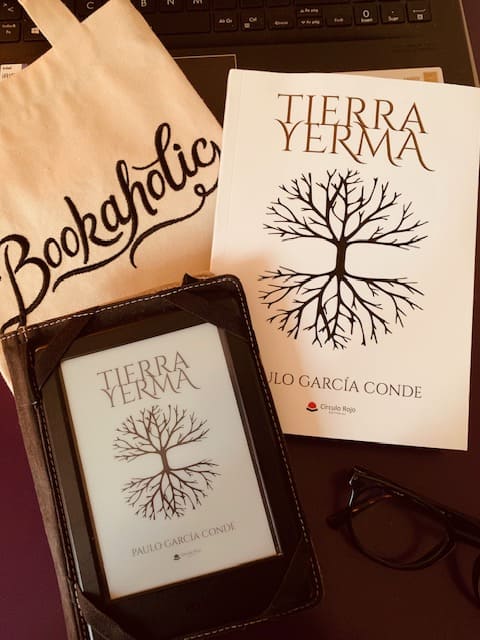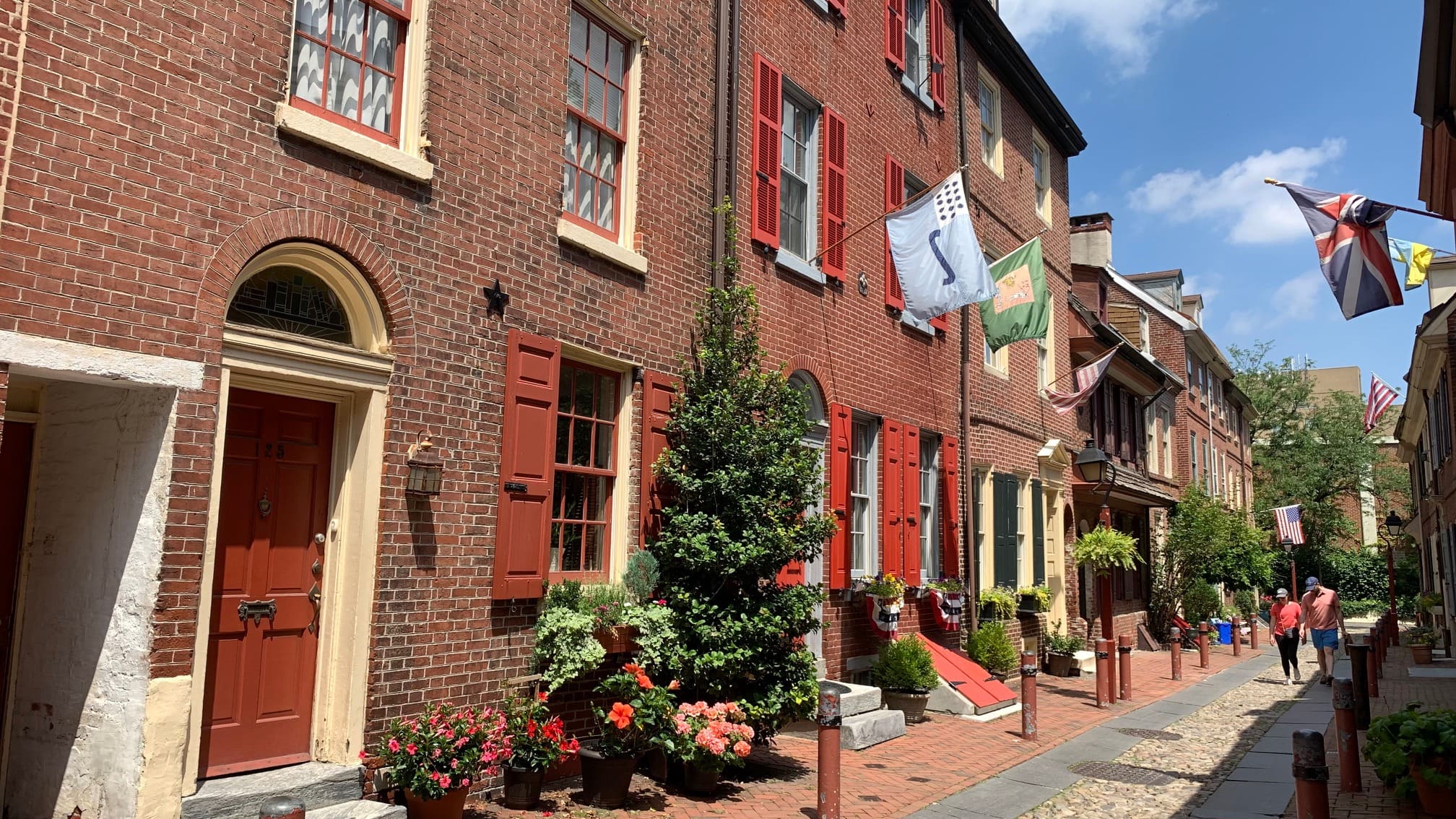
Philadelphia is a small city. I already took you through its most iconic and historical places, since this is where the country was born. Today we will visit some beautiful corners, and others a little more “macabre”. Will you join me to continue discovering Philly, the city of brotherly love?
I start in the small park Rittenhouse Square, I like that there is so much green in the middle of the city. In my other post I told you about the City Hall, the largest in the country, the Love Park and the 1873 Mason Temple. They stand next to each other in the navel of the city.
The Caribou Café is very cute and ideal to start the day or to have a soft drink if it is hot.
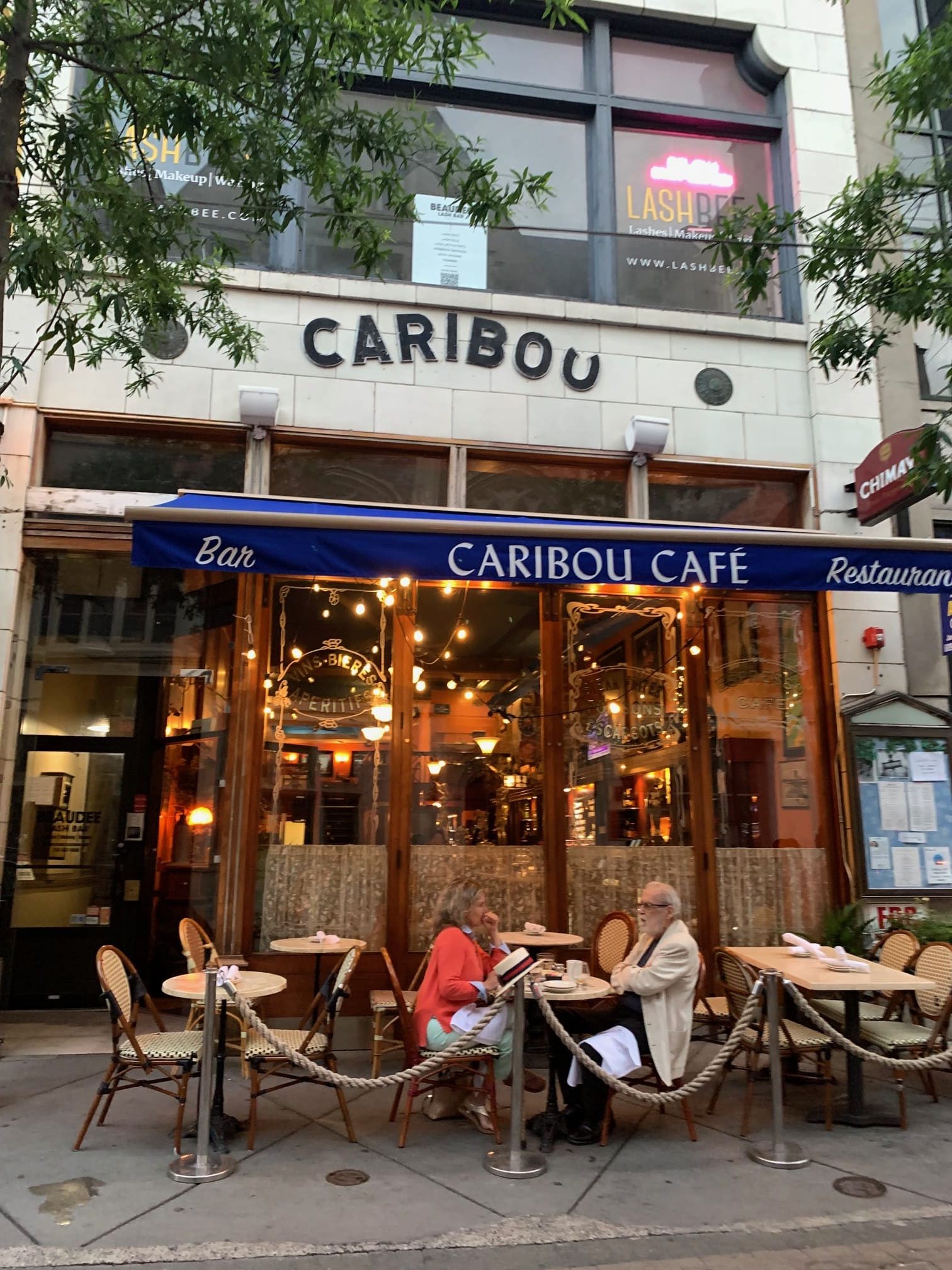
There are a lot of charming buildings and I’m afraid I filled my stories on social media with them. John F Collins Park is one more hidden corner in the middle of the city. Another café that I’ve already told you about is the Bluestone Lane Café, an Australian chain where I have breakfast today.
Full of energy, I continue to the grand avenue where the Court House is and the great library which they call the Free Library. I can’t resist going inside and discovering its rooms. The building was chartered in 1891 to install the “free library” to make it accessible and free to all.
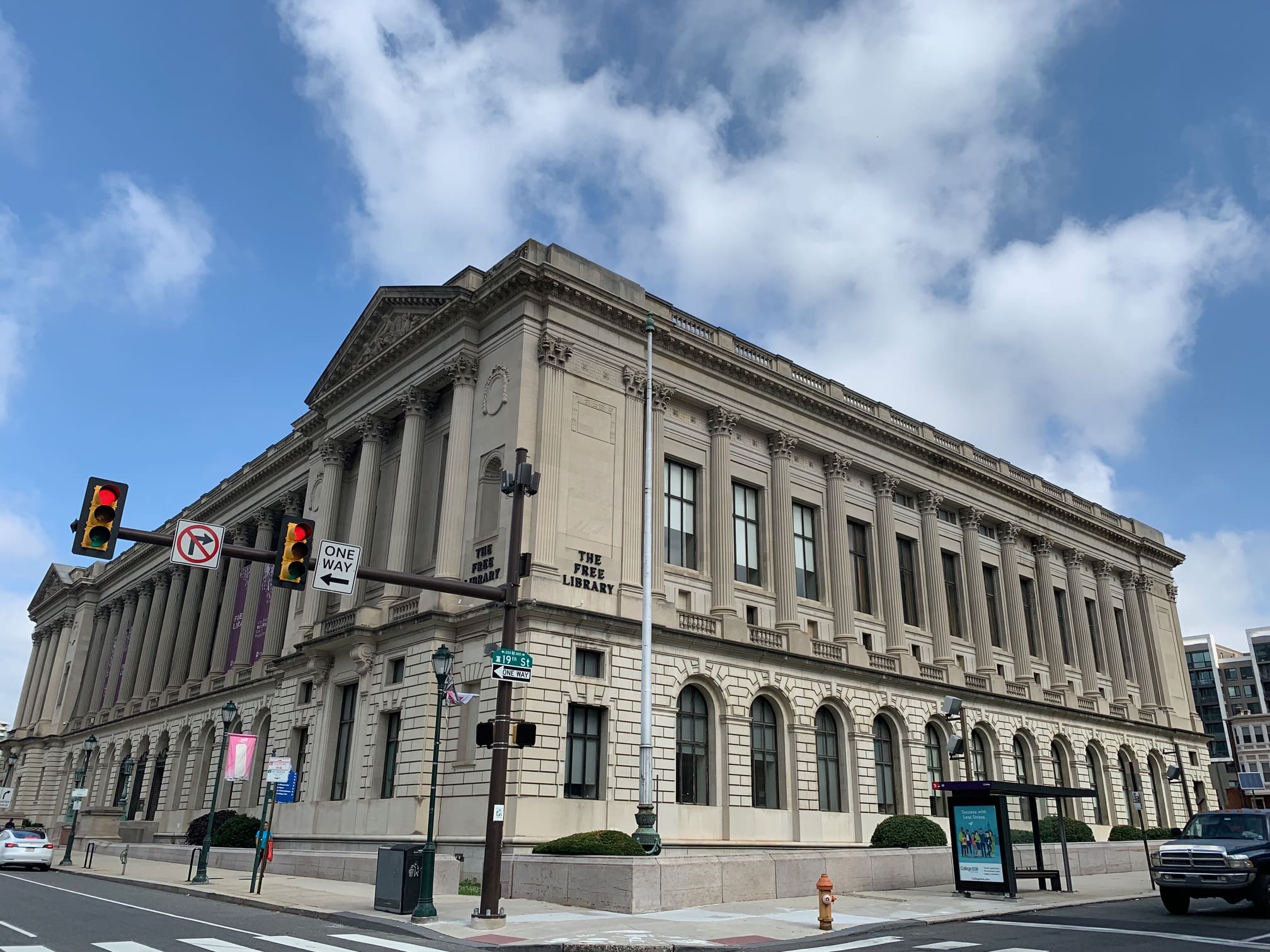
On the same grand avenue is The Barnes Foundation, a museum that has a large collection of art objects, with pieces from all over the world. Next to it the Rodin Museum was established, it was donated by a film magnate who collected pieces by the artist. It has very cute gardens.
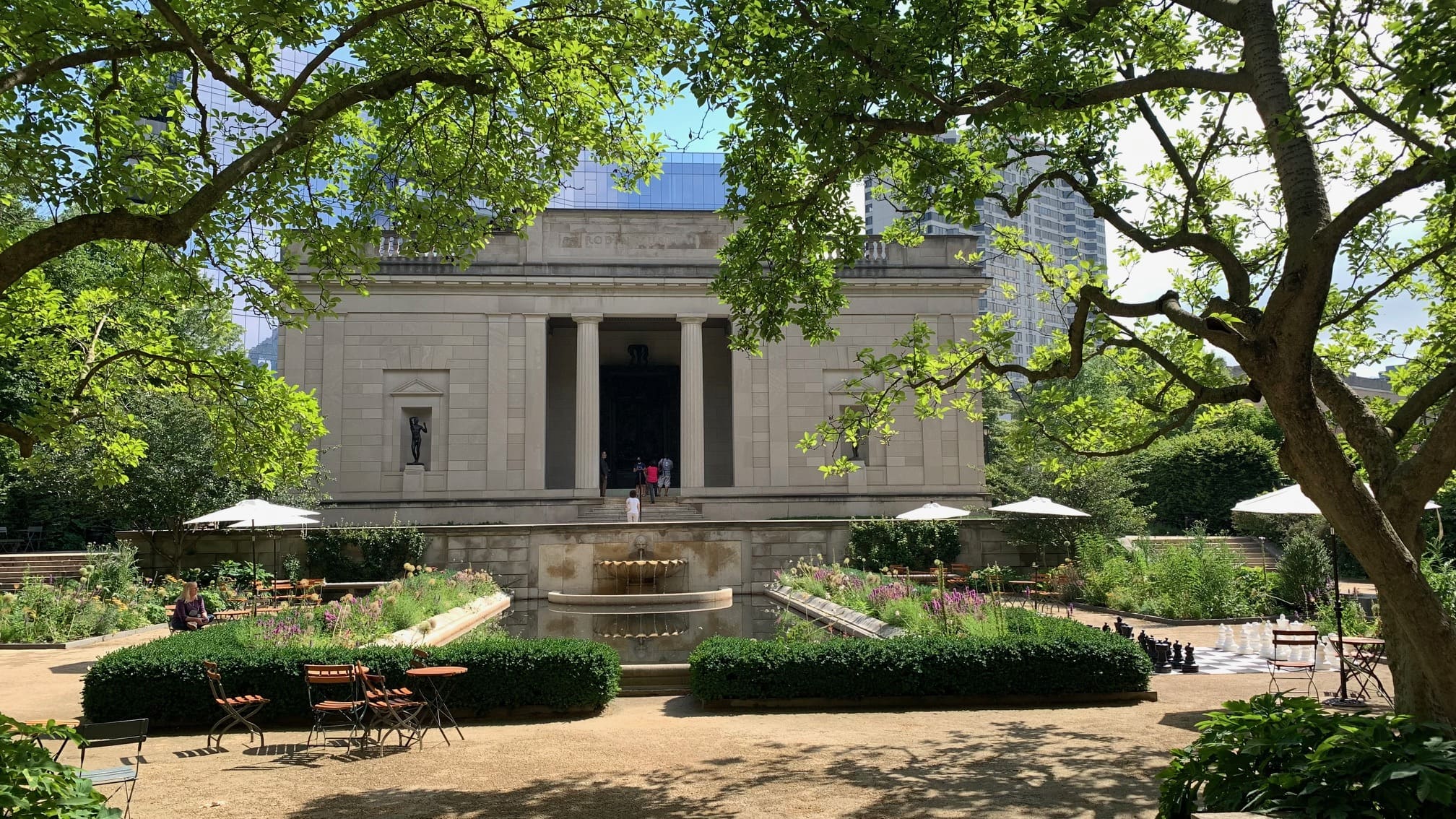
I take a detour to my destination and find little streets with colorful houses.
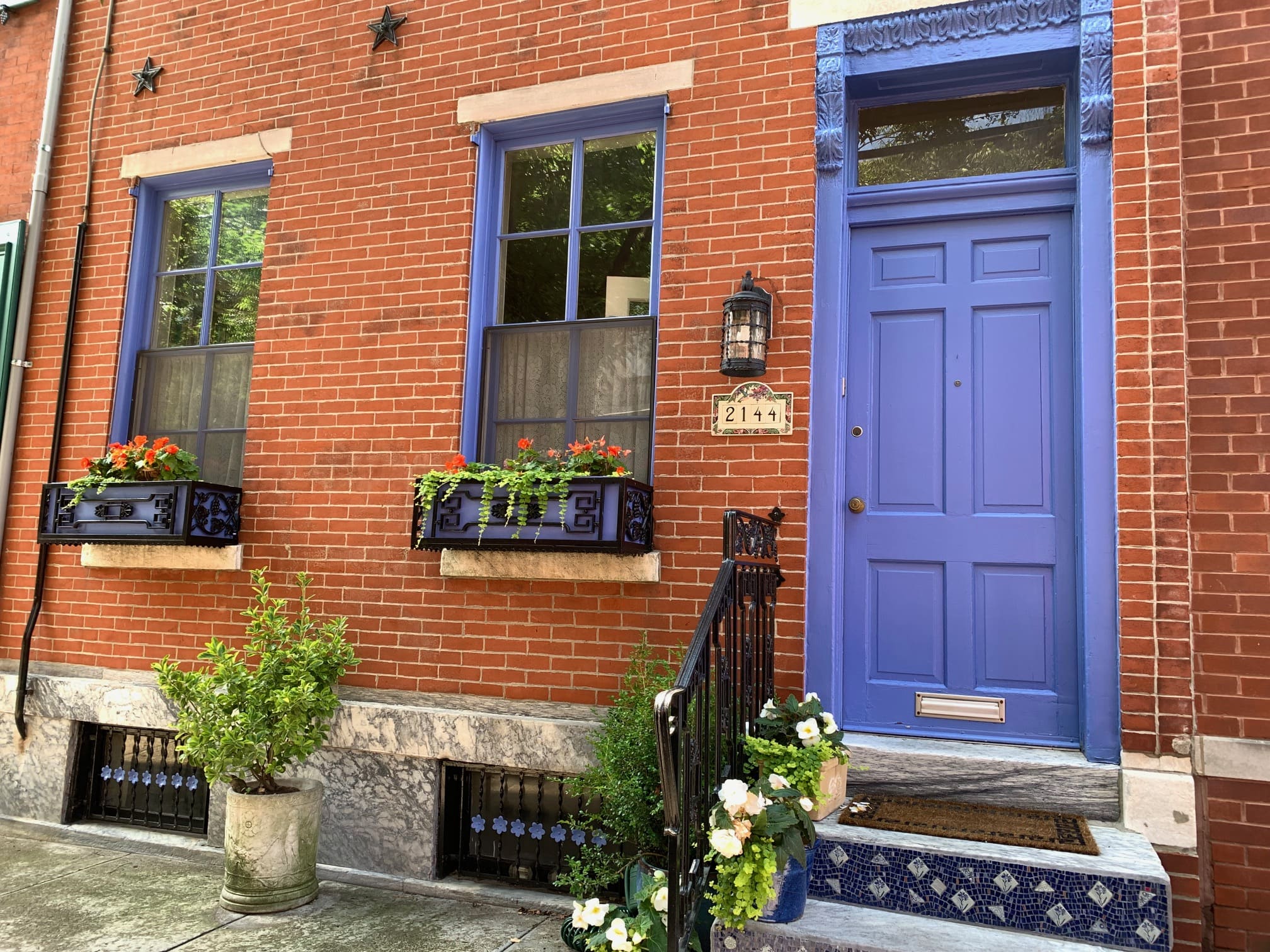
The “macabre” place I was talking about is the Eastern State Penitentiary, which operated from 1829 to 1971. By the time it was completed, it had become the most expensive building in the country, and served as a model for more than 300 prisons around the world. Al Capone was one of its “illustrious guests”.
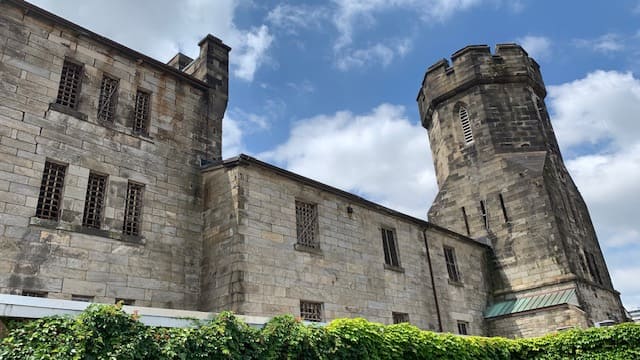
It was an interesting visit with an audio guide where I learned many things about the place.
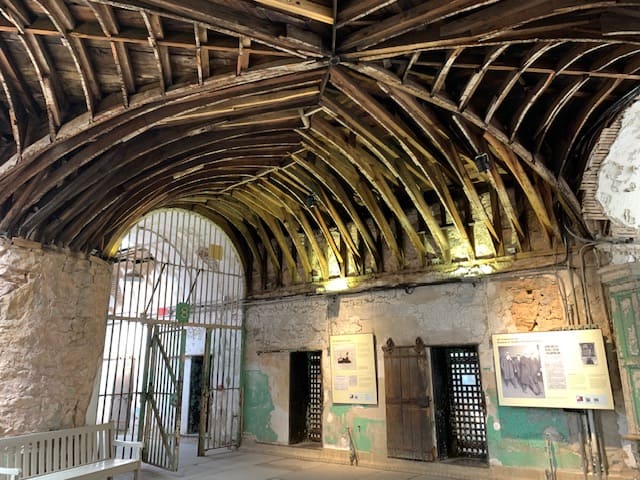
I intend to visit a house, so I take a different way and pass through an orchard in the middle of the city that I find most charming. They call it Spring Garden.
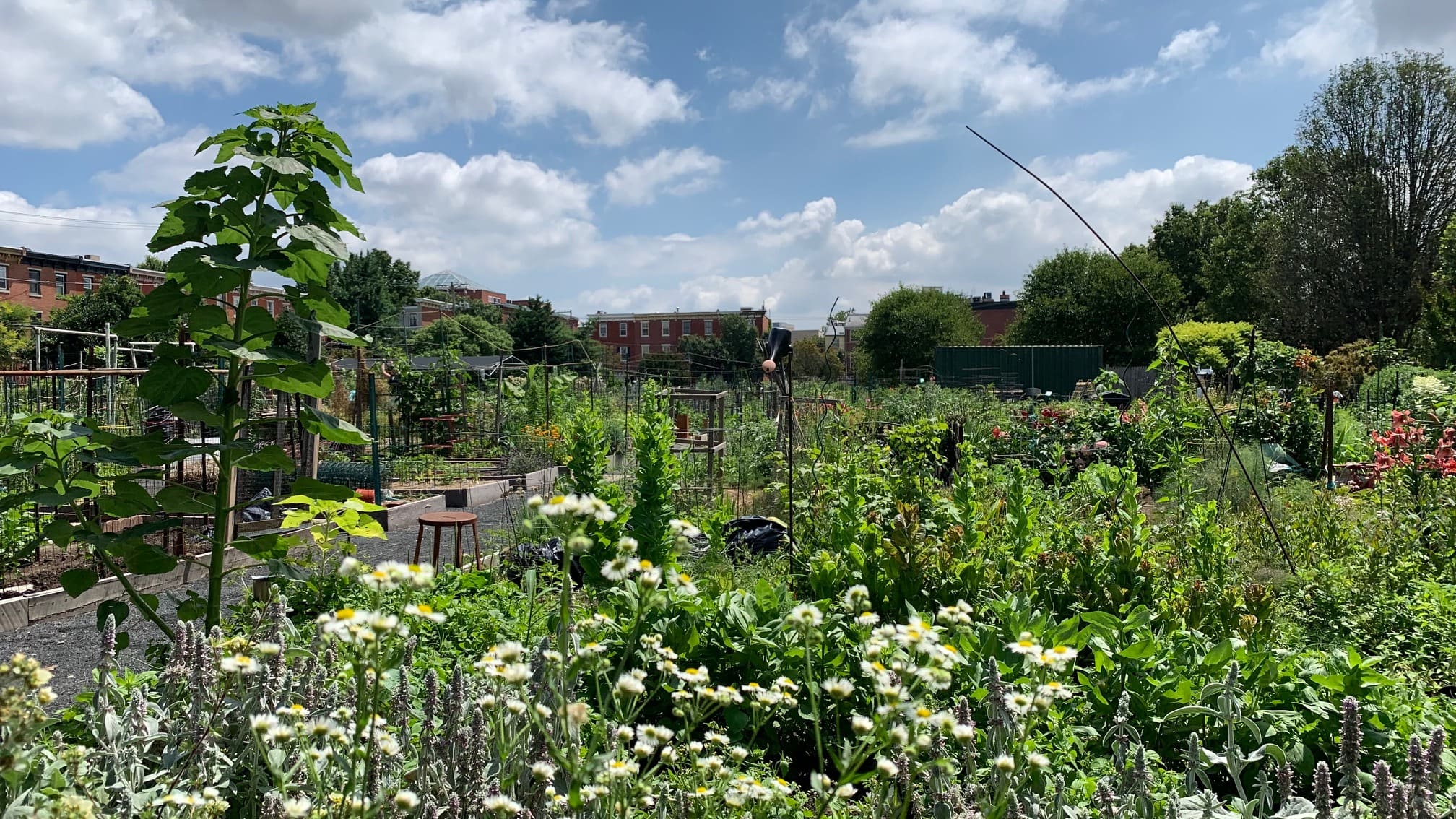
I arrive at a slightly “doggy” neighborhood where the Edgar Allan Poe House is located, it is closed for a few more hours, so I decide that I will return another time. In front of it I see a figure representing a raven, after his famous poem “The Raven”.
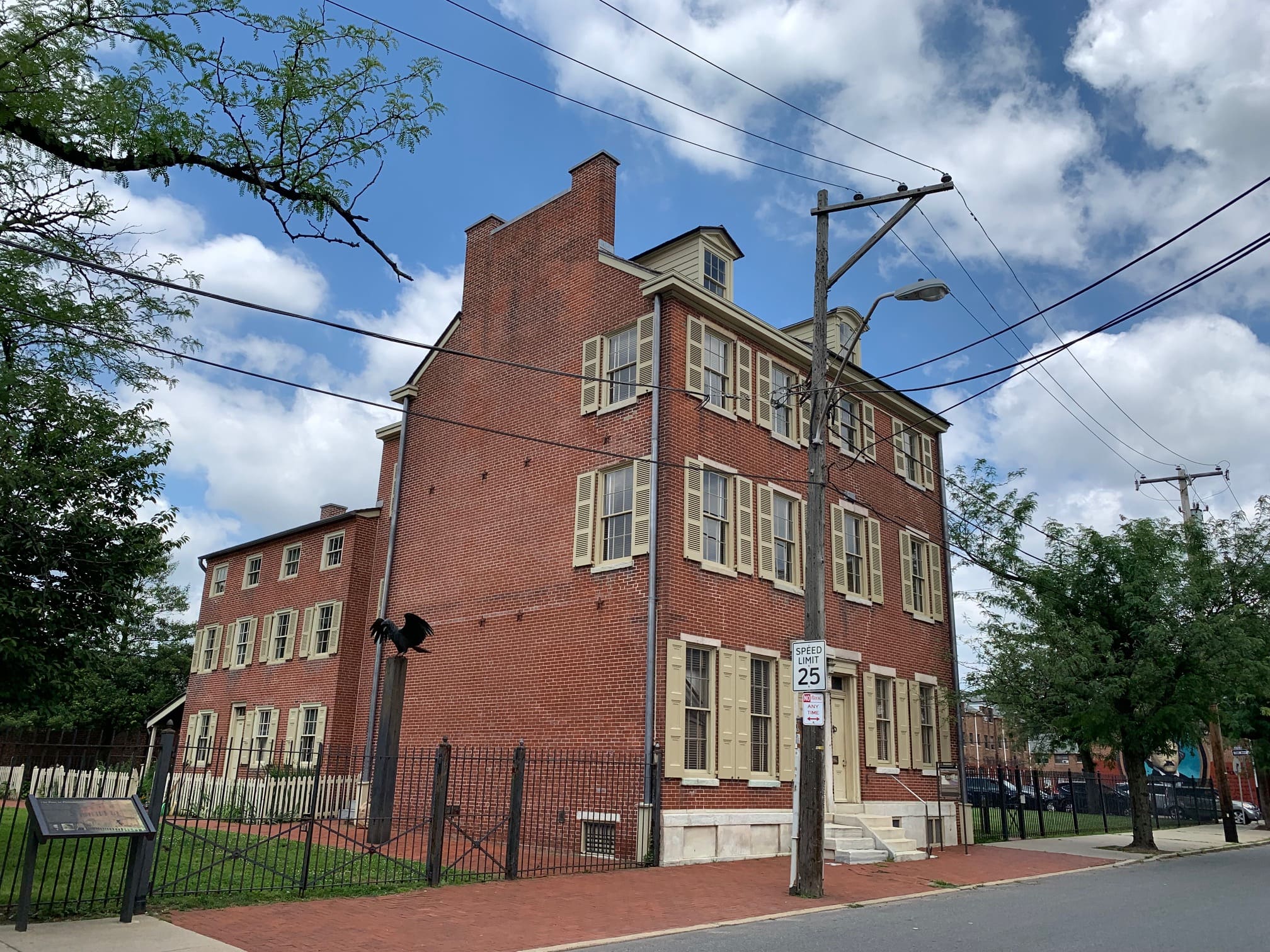
Back in the historic center I pass behind the Independence Hall and see the Curtis Publishing House (1883) and the house of Gilbert Stuart who was the artist who painted the Founding Fathers; they say that Washington was the one who most stoically endured. Carpenter’s House represents 18th-century architecture, and has beautiful gardens.
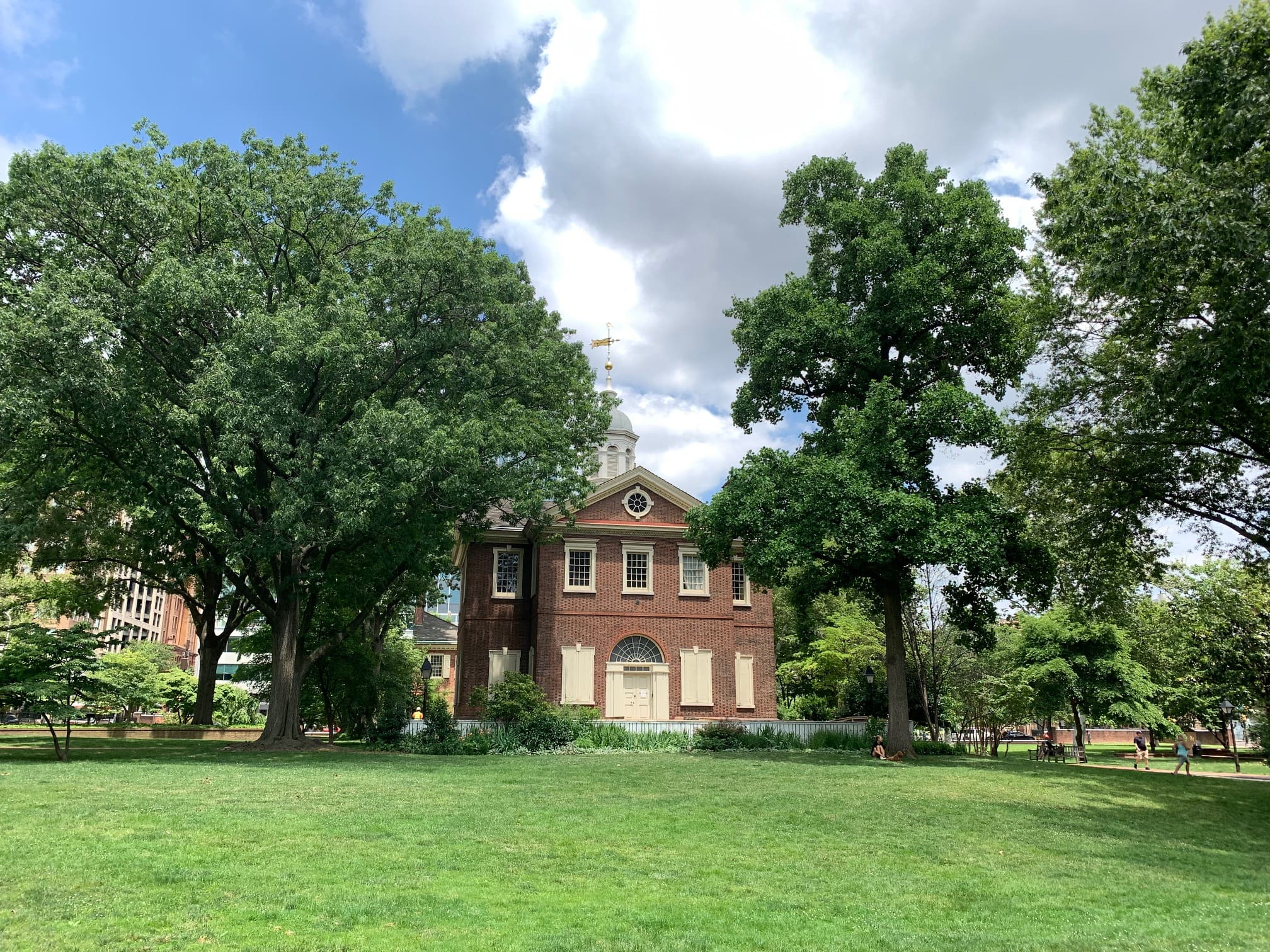
The first bank is next to the Merchants Exchange Building, which is a fairly imposing circular building.
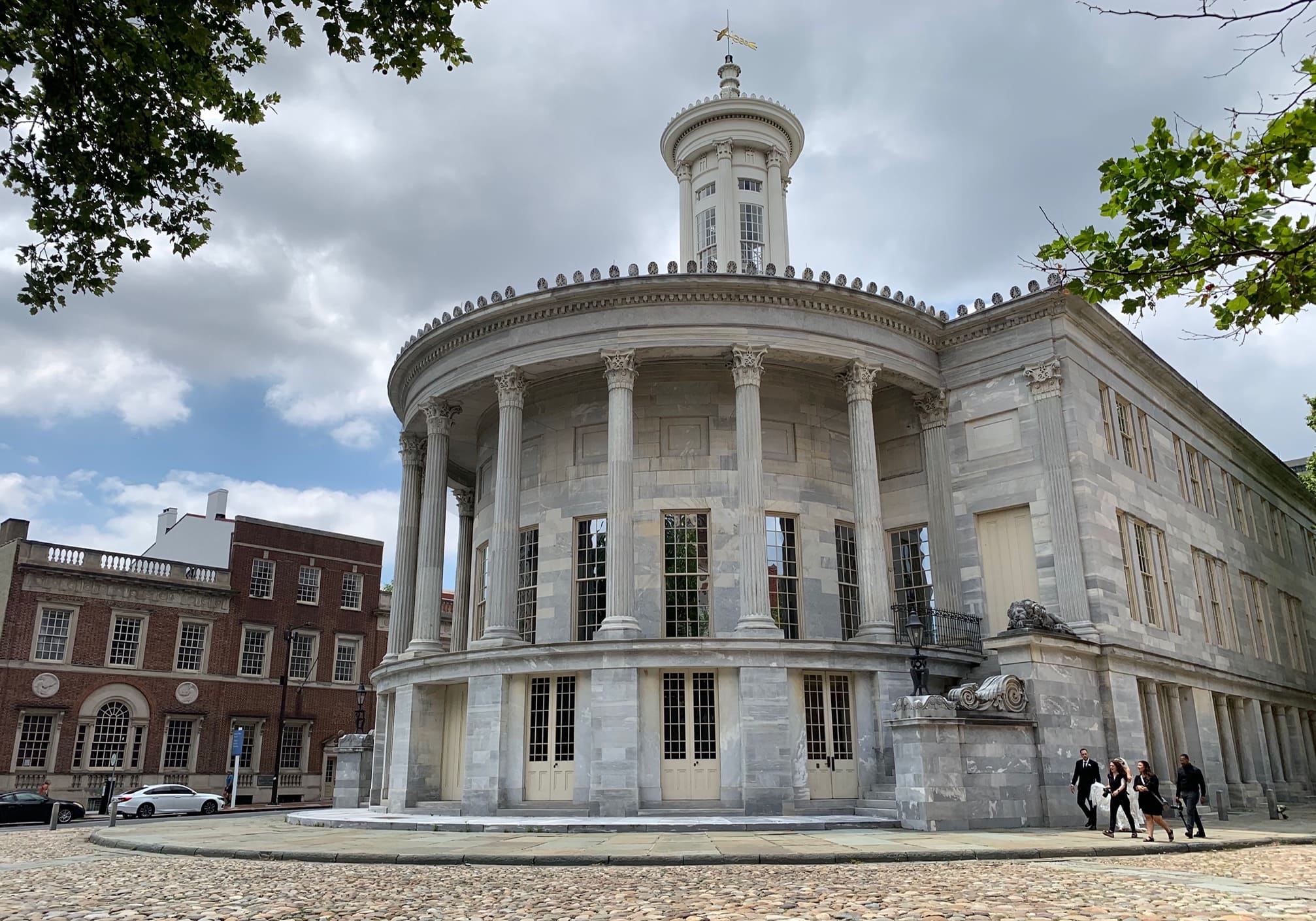
The City Tavern, “the most genteel tavern in America” as John Adams called it, serves beers inspired by the Founding Fathers, is located near where everything happened at the time of the signing of independence, and was a favorite meeting place.
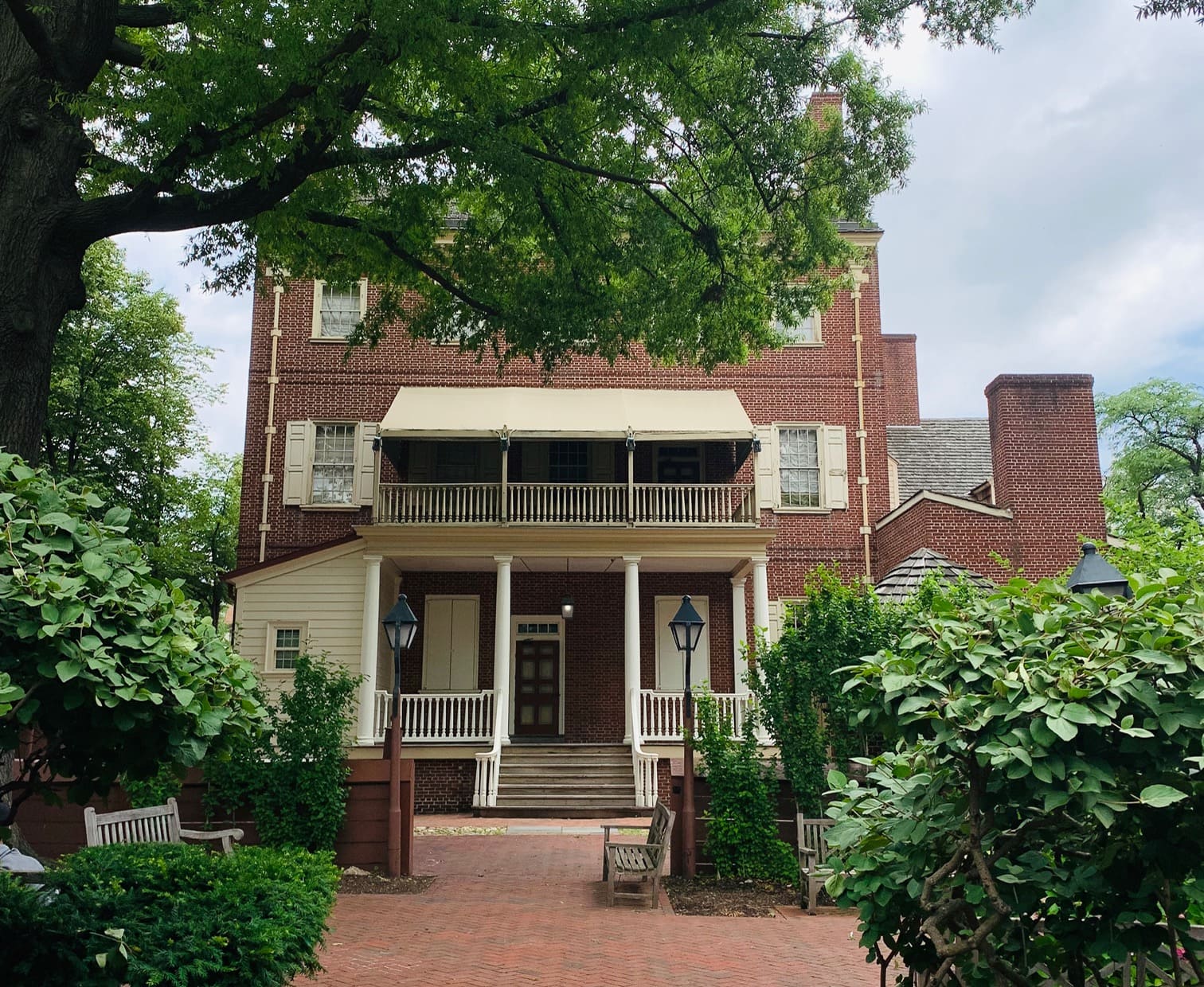
Shane Confectionery is the oldest producer of candy in the United States. It’s very cute because it keeps the original vintage style.
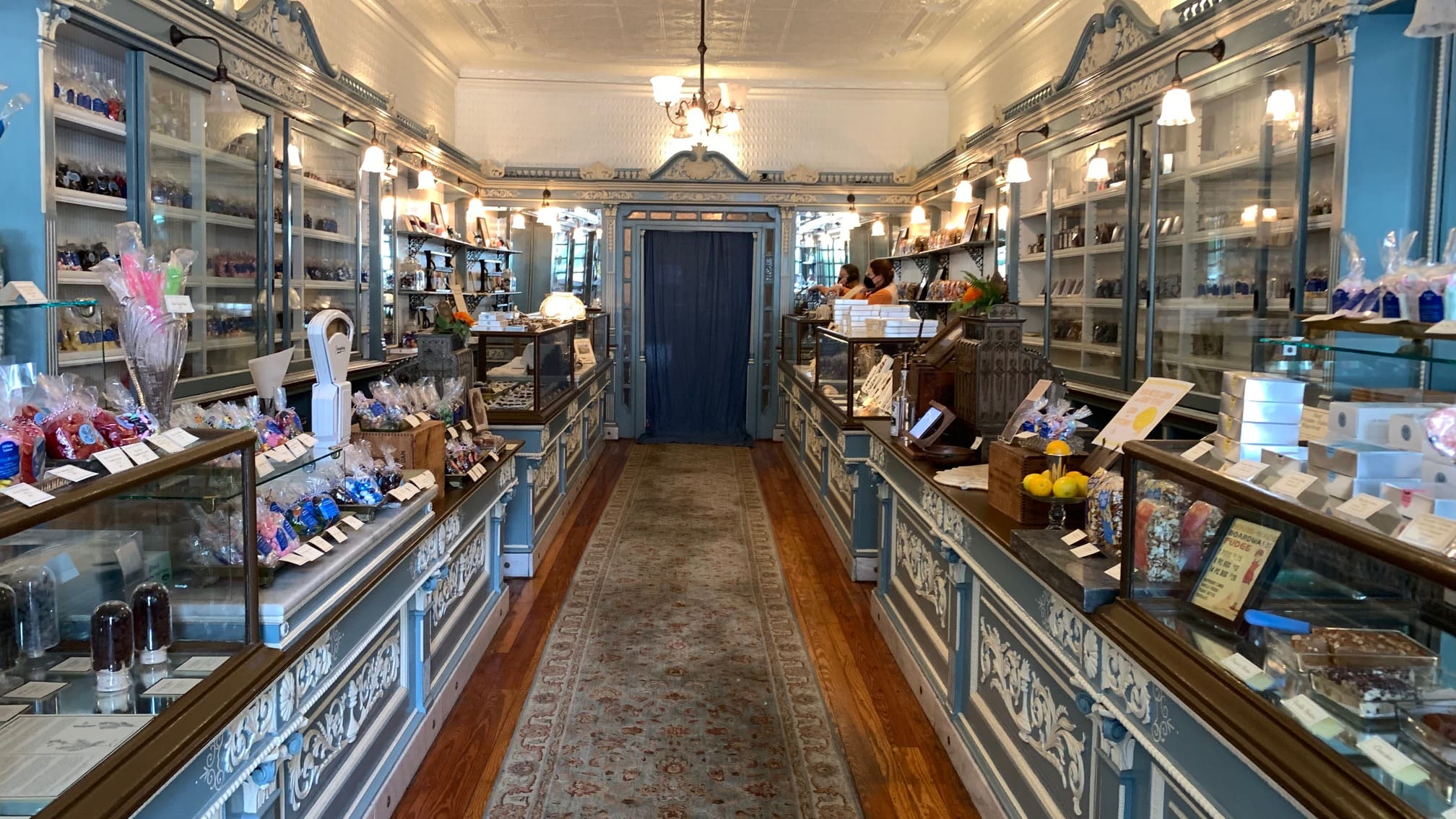
Next to Betsy Ross’s house that I already told you about, there is a mural dedicated to the Philadelphia Fire Department 1869, 1963 and 1991 were the years that suffered the most important fires that the city has had.
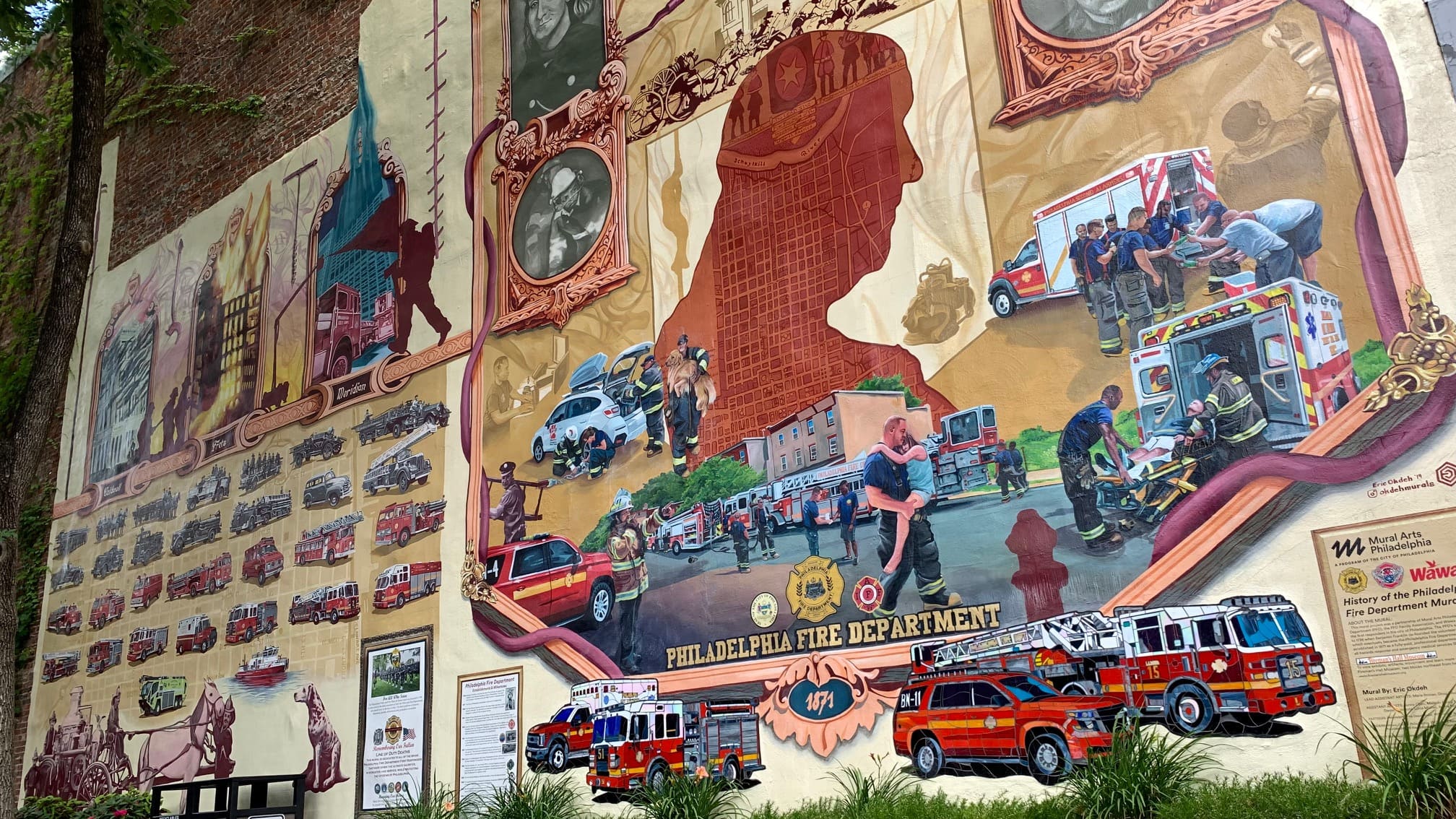
Washington Square is another beautiful square full of greenery; the streets and alleys with their hundreds of murals give a particular charm to this city, some are even in 3D.
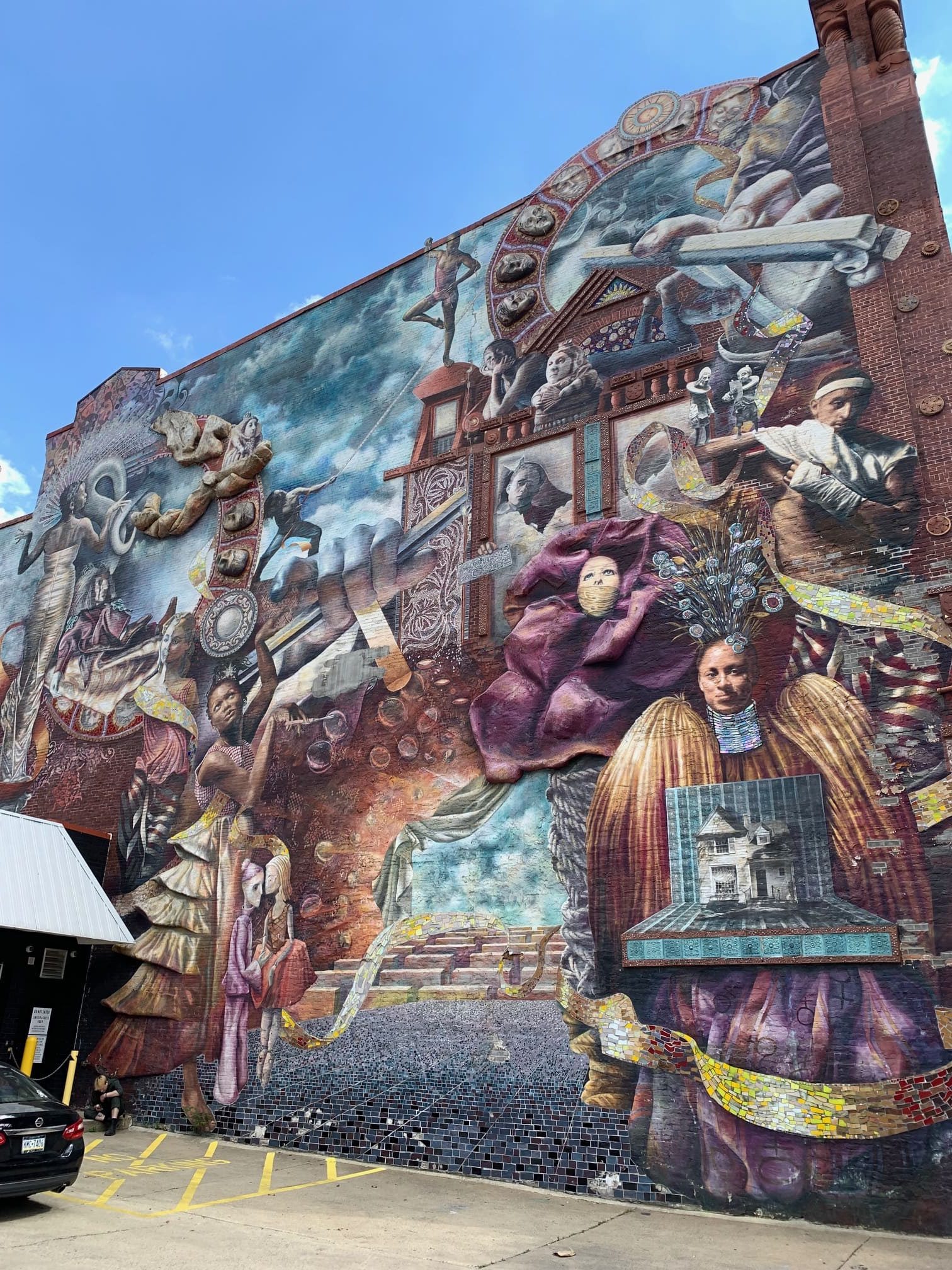
I arrive at the Magic Garden, which is an immersive mixed-media art environment that is completely covered in mosaics. Here you can buy the ticket if you want to visit it.
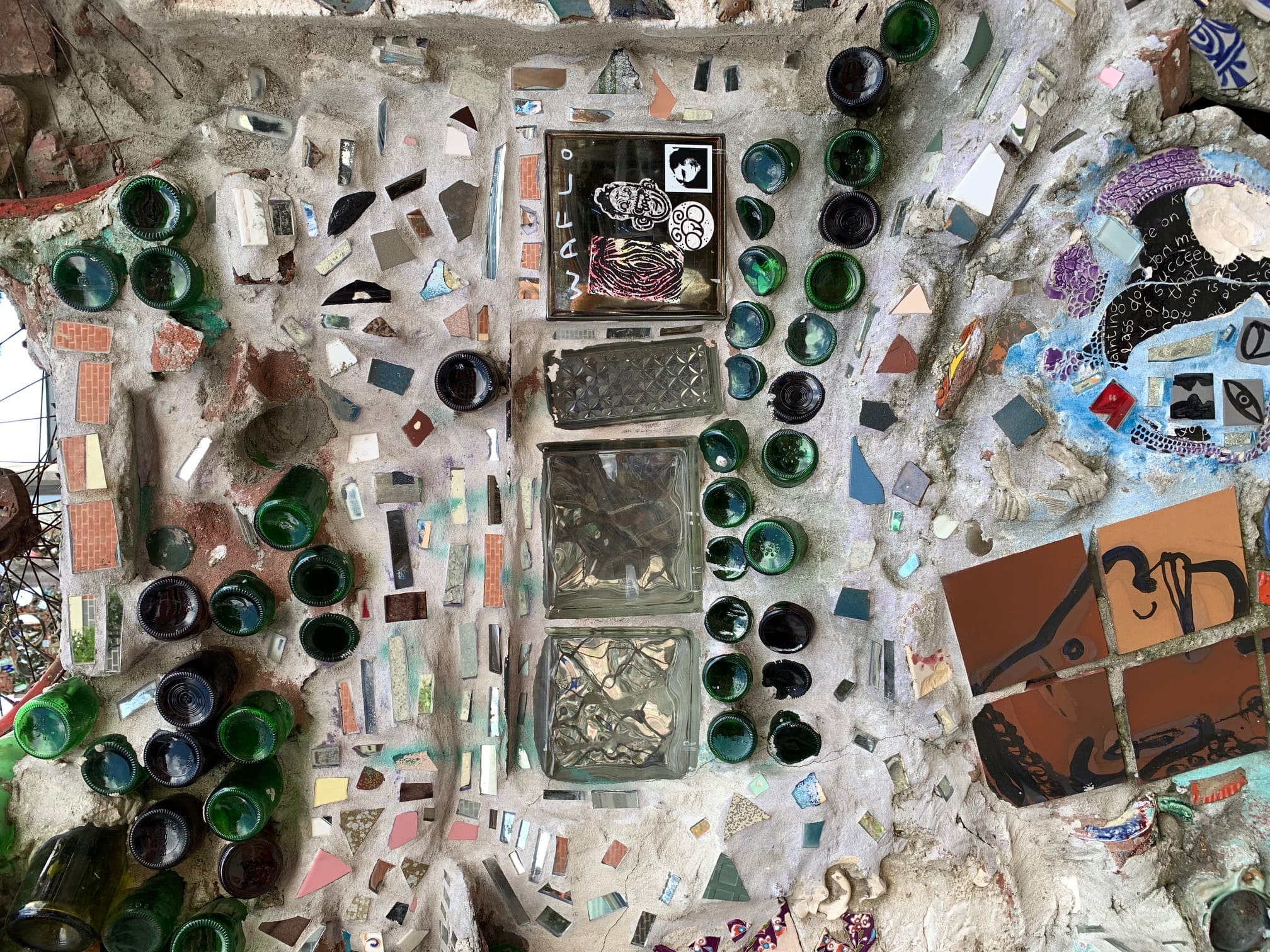
The House of Billie Holiday, the greatest jazz vocalist of her time, lived here when she was in Philadelphia.
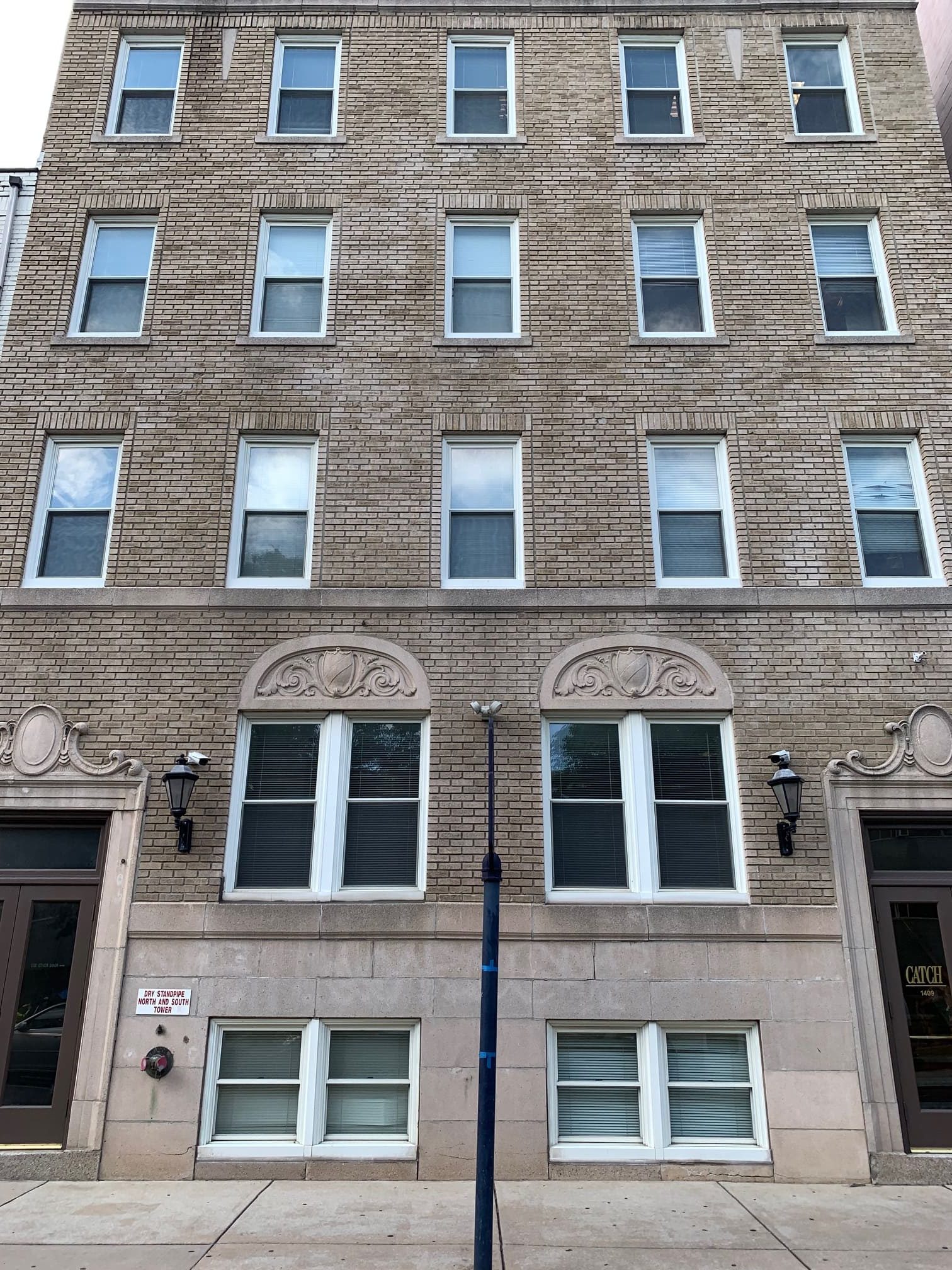
On my way to the Reading Terminal Market, on Walnut Street I find one of the few Barnes & Noble Bookstores, a chain of bookstores that used to populate the streets of American cities.
And before the end of the day I return to Elfreth’s Alley Museum, a historic street since 1720. Since 1934 its neighbours take care of it to preserve, so I think it is important to walk and take photos with respect, since they are private homes, still, very cute. I love spending time there, it reminds me of the mews of London.

Today’s “macabre” place takes me to Paulo García Conde’s “Tierra Yerma,” a story about an experiment in which 65 prisoners are confined for three months in a remote and forgotten village. They only give them one condition, no prisoner can have died at the end of the three months if they, the prisoners, want to get what they have been promised. A brilliantly written social experiment that will keep you intrigued until the end.
